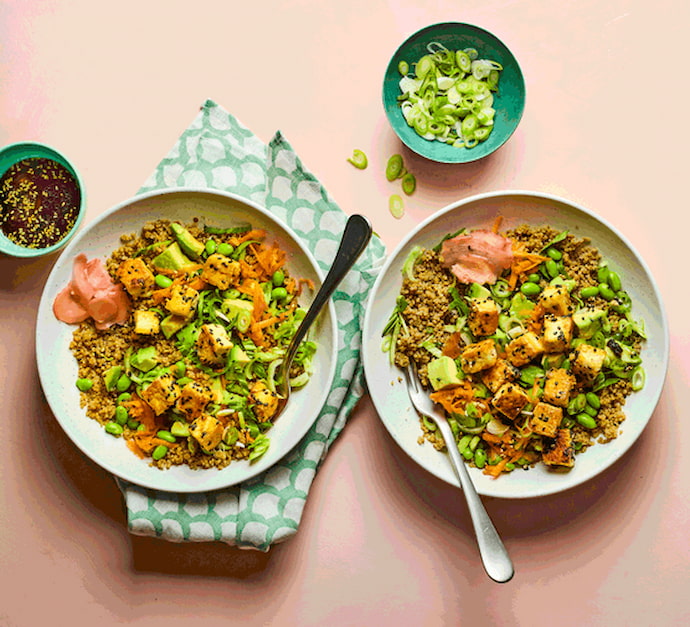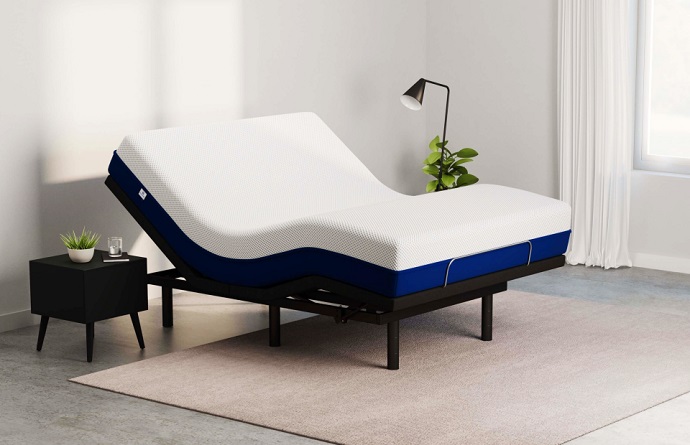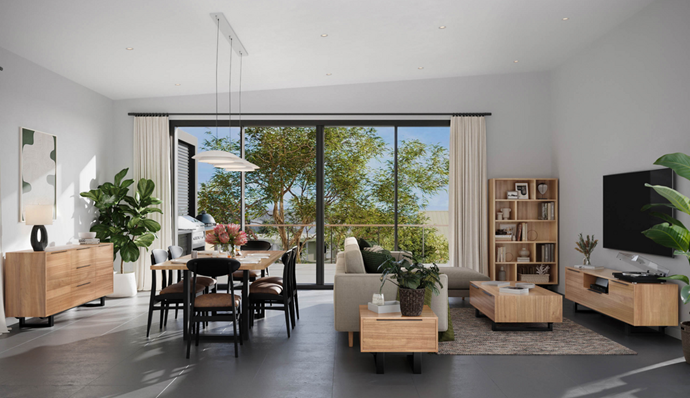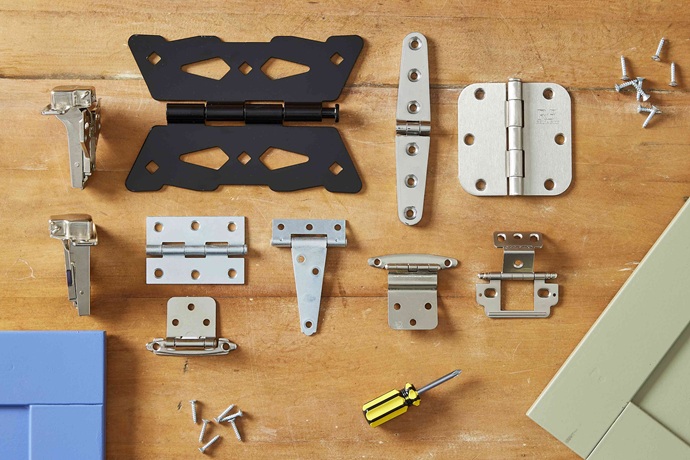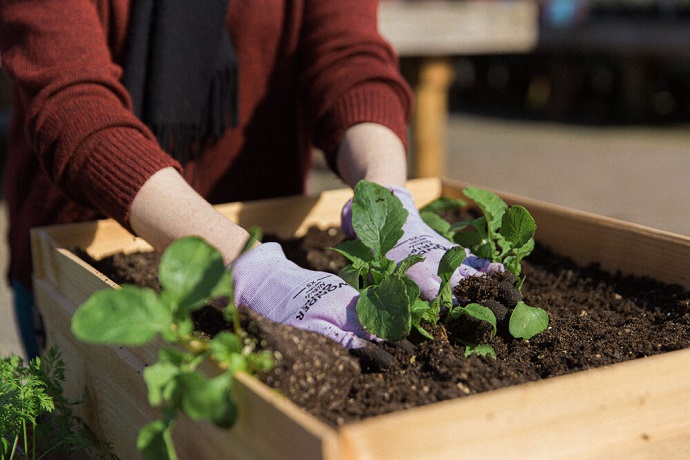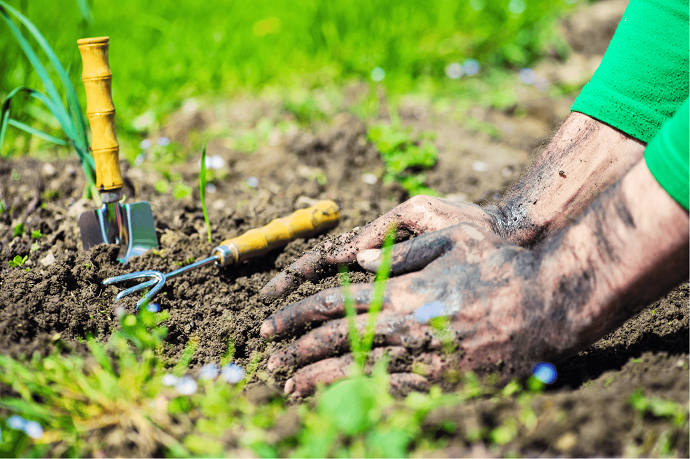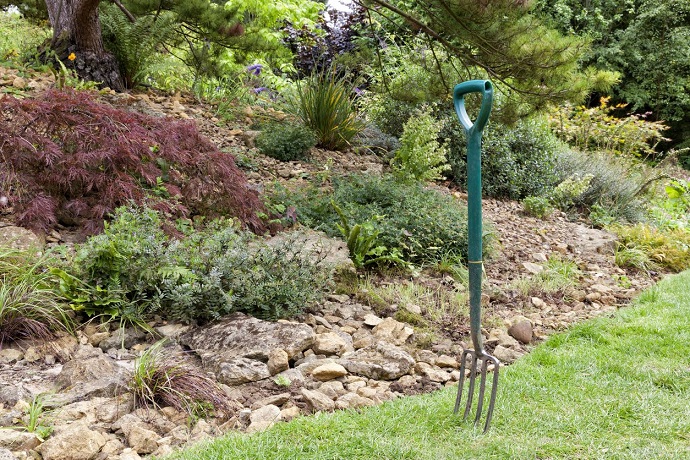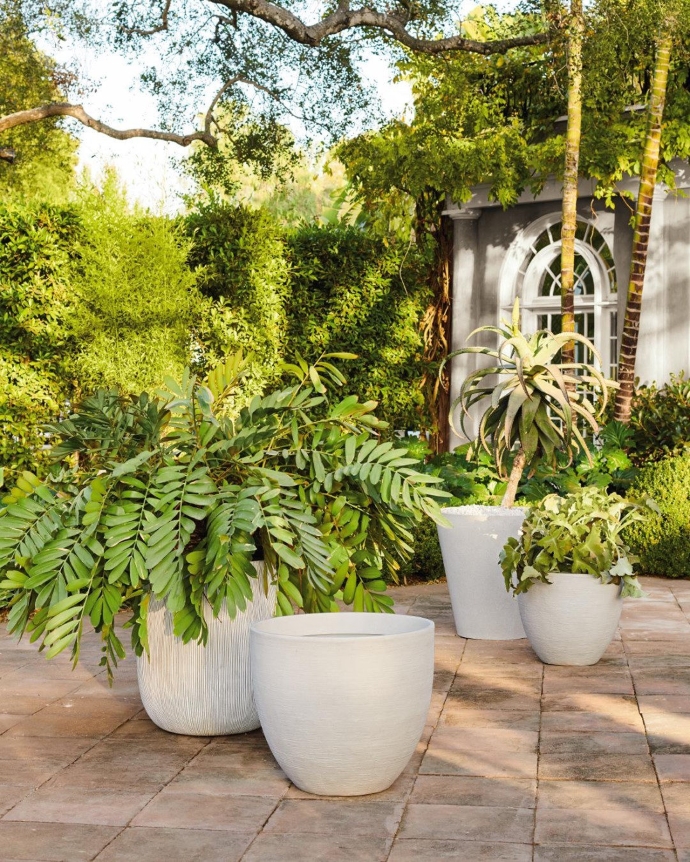There’s nothing quite like fresh vegetables, especially if you cultivate them yourself – which you could! Yes, you would need to devote time to understand the fundamentals of vegetable growing and planning, like how to choose the best location for your garden, how to design the ideal garden size, and how to choose which veggies or flowers to plant. And, while it may appear intimidating at first, gardening is a tremendously gratifying activity to invest yourself in.
Choose the Best Location
It is critical to choose an appropriate planting location for your home garden. The majority of veggies require six to eight hours of direct sunlight every day. A few vegetables (mainly the leafy ones) can however withstand some shade. Additionally, if your soil is poorly drained and water pools, put vegetables in a raised bed or elevated row for better drainage. Moist soil implies wet roots, which can decay over time. If your soil is rocky, till it and remove the rocks, since they will interfere with root growth and make your plants weaker.
Avoid areas where high winds may knock over your young plants or prevent pollinators from doing their job. You also don’t want to plant in an area that gets a lot of foot traffic or floods readily. Nutrient-rich soil is, of course, one of the essential elements. Poor, sickly plants will result from thin, nutrient-deficient soil. To help boost the process of growing, provide plenty of organic matter which you can easily get at your local gardening shop. And, of course, don’t forget the adequate indoor modern planters or vegetable beds.
Plan Your Vegetable Beds and Planters
Growing in separate beds decreases soil compaction, simplifies crop rotation, and makes weeding and crop protection a breeze. In your garden, a simple bed system will make it easier to plan, manage, and harvest your crops. You can plan your beds on paper which will assist you in determining how much room each plant requires, your frost dates, planting dates, and so much more.
If you don’t have a huge garden, you may still have great success growing on your balcony, or by a window with the help of planters. Because of the integrated self-watering system, plants take what they need when they need it. For example, consider getting updated standard white planter boxes with a reservoir that allows your plants to self-water. It’s really easy. With a quick peek at the water level indicator, you’ll be able to know how much water is required.
Choose a sturdy and environmentally friendly planter made of injection-moulded HDPE that is UV and corrosion resistant, BPA-free, food-safe, and recyclable. Even when used indoors, there are no spills with these pots. The clip-on drip tray eliminates all concerns about indoor use.
How Does Self-Watering Work?
Because of the raised design, you can simply pick, prune, and water your garden growing in your white planter boxes with ease. A container labelled “self-watering” does not actually water itself. It is a watering system that employs modern planters with a reservoir of water at the bottom.
This reservoir is linked to the plant’s location via a soil “foot” or a fabric “wick.” Plants use a soil foot system to send roots deep into the soil and take up as much water as they need. Water is then carried up the wick by capillary action into the soil of the main pot in a wick system. In either case, the plants have access to water that you have already filled in the reservoir. This allows you to worry less about watering while still maintaining healthy plants.
Invest in Basic Garden Tools
When it comes to landscaping products, it’s easy to go overboard. They might take up a lot of room and money, but focusing on the essentials can keep your shed or storage area from being overcrowded. There is always something larger and better, but it’s best to start from the basic garden tools and take it from there.
Protect Your Hands
While gardening can be a rewarding hobby, no matter whether you have a huge garden, or you put your gardening skills to the test with plants grown in white planter boxes, it can rapidly turn into a thorny and splintery nightmare. That’s why you need the correct gloves.
Pruning Shears
Hand pruners, also known as secateurs, are used to control plants that have grown out of control. Anvil pruners, like a knife on a board, cut with a sharp blade meeting a flat surface. Bypass pruners, similar to scissors, cut with a sharp blade going through a sharp-edged flat surface.
Gardening Loppers
Lops are another type of cutting tool that are long-handled pruners used to trim hard-to-reach regions and cut thicker branches. The lengthy handles give the leverage needed to cut through branches up to an inch in diameter or more.
Spade
These square shovels with short handles are garden workhorses. They make digging holes for plants, edging, removing sod, and transporting tiny mounds of earth from one location to another a breeze.
Garden Fork
Garden forks are a good tool for turning soil since they can dig deeper than a shovel. A wheelbarrow, garden hand trowel, digging shovel and bow rake are among other essential tools you will need for your garden.
The Best Part of All: Pick Your Vegetables
In most situations, the most compelling reason to design a garden is a true and irresistible passion for gardening. Therefore, to avoid any disappointments, begin by selecting easily-grown vegetables that are also productive. You may also want to check with your state’s Cooperative Extension Service to see what plants thrive best in your area.
Vegetables that prefer lower temperatures, for example, may struggle if you reside in a location with exceptionally hot weather. Lettuce, tomatoes, zucchini, carrots, kale, spinach, green beans, and other vegetables are some of the most commonly cultivated vegetables. Mix in flowers like marigolds to deter pests, attract pollinators, and add some colour to your white planter boxes!









